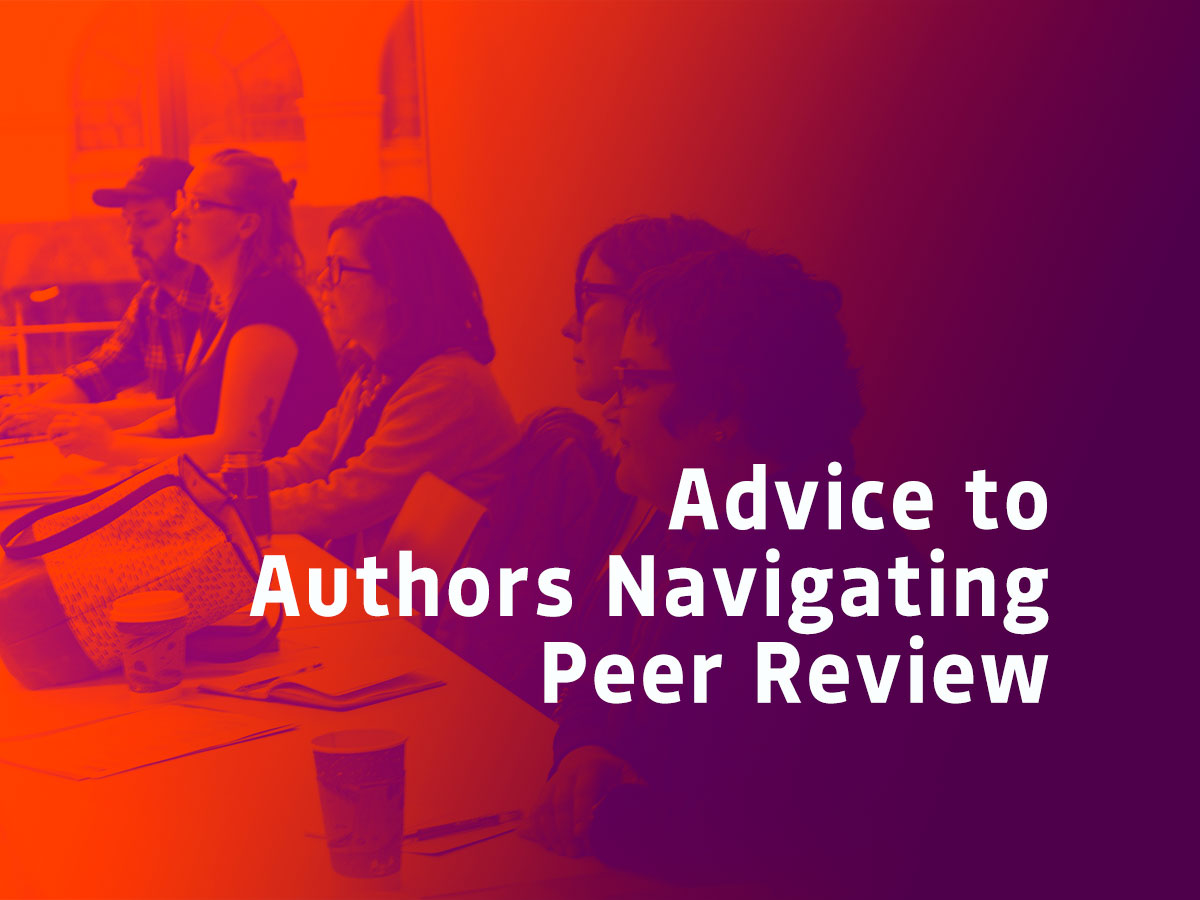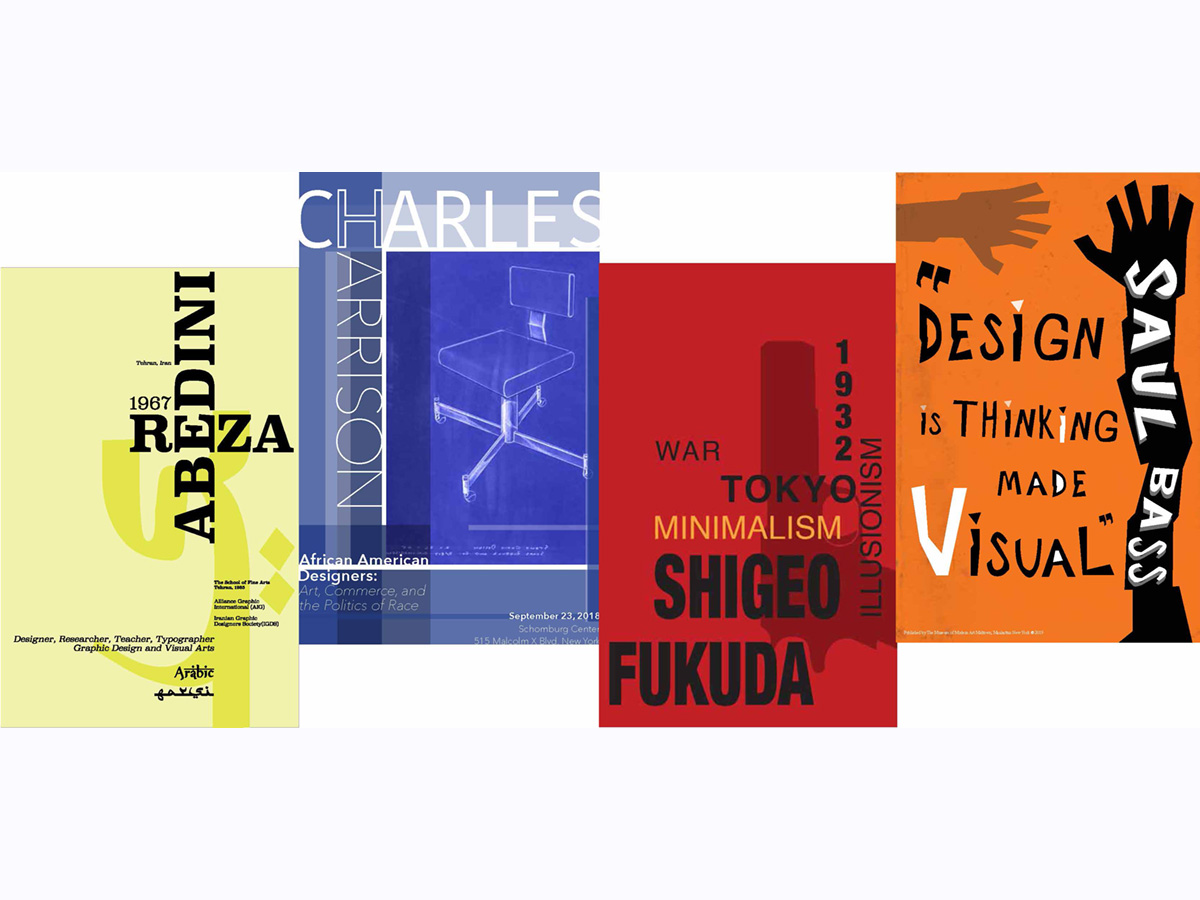Aaris Sherin, Jessica Barness, Robin Landa
Whether you’ve just received your first peer-review evaluation, or this is one of many, you should begin by reading through the editor’s decision letter and peer review comments.
Then, (depending, of course, on the peer review outcome and suggestions) give yourself a high-five or cry into a pillow. Go for a walk. Remember, having something accepted with no revisions or minor revisions is rare. Order pizza. Then, no matter how you are feeling about the peer reviews, take a step back and wait a day or two before proceeding.
Major or Minor Revisions
If your work has been accepted with major or minor revisions, or you’ve been asked to resubmit, you have some decisions to make. Grants and juried exhibitions often provide a yes/no outcome, so the following may not apply. Keep in mind that the peer reviewer’s evaluation of your project is based solely on what you’ve written/created. Take a deep breath and get back to work:
- Thank the editor. Do this even if you received a rejection—don’t burn bridges!
- If you were given a timeline for completing revisions, let them know you will meet that deadline.
- If you were not given a timeline, let them know when you plan to submit revisions.
- Remember that getting feedback from peer reviewers is valuable. Also, peer review is one of the only ways to get detailed free, unbiased feedback. Allow the process to help strengthen your work.
- Read through the peer review feedback again. If you have difficulty understanding the comments, ask a trusted colleague to help you navigate the feedback; if that is not possible, check to see if your institution has a faculty professional development office or research officer and if they can support you. If feedback continues to be confusing you may address specific points with the editor/ staff person assigned to your submission.
- Authors are often asked to address all concerns noted by peer reviewers. Sometimes it’s helpful to create a spreadsheet to sort through these.
- You might agree with the peer review comments, and you might also disagree with some of them.
- If you disagree with the feedback given by the reviewers, it is acceptable to submit a rebuttal to the editor and explain why. The editor will then weigh whether or not specific revisions need to be made and will advise accordingly. For example, you may realize that a suggested revision is outside the scope of the paper. If that is the case, it may be worth looking at how you are communicating your research and make sure the scope is clearly described.
- If you receive a rejection or a substantial amount of negative feedback, it’s possible your submission may not be the best fit for your selected venue. Consider a different, more appropriate place to publish or present your research.
- It is considered ethical to ask for feedback and find out why the work was not accepted. Sometimes an editor may suggest an author look at other venues and at other times they may provide additional feedback.
- If the work is rejected during the peer review process the author is usually given feedback from the peer reviewers.
- When revising, be aware of word count and stay within the criteria of the publication/venue you are working with.
- Make a writing schedule so that you meet your deadlines, and respond to peer reviewer feedback accordingly.
What happens after a submission is accepted?
- Most of the time, this is the end of the peer-review process. At this stage, the author’s work is accepted for publication or presentation.
- Grants and abstract submissions often end here, and the author is awarded funds. For some grants, a report is due at the midterm and/or completion of the grant-funded research.
- For longer forms of writing such as books, significant work may still need to be done even after a work is accepted for publication. For example, authors of books may have a proposal accepted through the peer review process but still need to write the full manuscript, or write/rewrite sample chapters.
- Journal article manuscripts typically go through another round of editor and peer review. Authors of journal articles and books may need to secure permissions for images and quotes beyond fair use and work with a copy editor on small text and citation changes.
Rejections Happen
Why might a submission be rejected? There are several reasons a submission might be rejected and they include but are not limited to the following: it may not fit the scope of what the journal/venue publishes, the methodology may be flawed, there may be too few references or it may be unclear how the work contributes to current topics considered to be particularly relevant in the field, citations may be lacking, or the structure and syntax of the writing may not meet stated criteria. Regardless of why a submission is rejected, the peer review process should provide feedback. The feedback you receive can be used to help you revise your work and get it ready to submit to another venue. It can provide information that can help you decide whether you should realign your research to fit the scope of publications/venues that are more likely to want to disseminate your work.
Submitting the same work to multiple venues
- It is typically considered unacceptable to submit a paper to multiple journals at one time. Start with the venue that seems most fitting and appropriate; if the reviews are not helpful, or the work just doesn’t fit that venue, consider submitting elsewhere.
- Books proposals are an exception and may be submitted to multiple publishers at one time. State that your submission is simultaneous, if it is.
- Typically, it is considered unacceptable and unethical to submit the same paper or presentation to multiple conferences. However, this continues to be common practice in the design disciplines as standards evolve. A best practice would be to vary the presentation each time to make each work unique from the other. Check the criteria for each conference or venue you submit to ensure you are maintaining and supporting academic standards. Note: Trade publications and conferences are primarily concerned with generating revenue and may welcome or even solicit duplicate submissions. (This would be a good time to read the fine print and understand who retains the copyright for a given text. You may inadvertently hand over the rights to your own words and ideas.)
Self-plagiarism and self-citation
- Self-plagiarism is unethical and occurs when an author presents/publishes their previously presented/published work as something new.
- You may need to secure permission from your publisher if you’re quoting yourself elsewhere beyond fair use.
- If you must reference your previously published scholarly work (creative project, written research, etc.) self-citation is appropriate. Style guides such as Chicago, APA, and MLA provide further guidance on how to approach self-citation.
Before you submit to a publication or venue:
Unsure where to start? Planning for a successful submission can help you identify where to publish and how to set yourself up for success.
- Ask colleagues/mentors about where they have published.
- Look for venues that have published work similar to yours.
- Understand the publisher and type of publications they produce.
- Understand the mission or focus of the publication, venue, or conference.
- Learn each venue’s process for submission and review.
- Research the biographies of the editors, and if possible, look at the criteria they use to choose who will review submissions.
- Adjust the focus of the work you have done and adapt it to the audience you are seeking.

